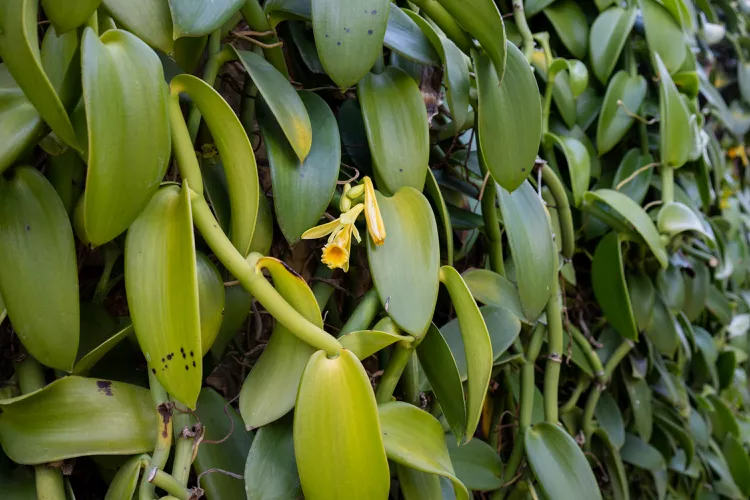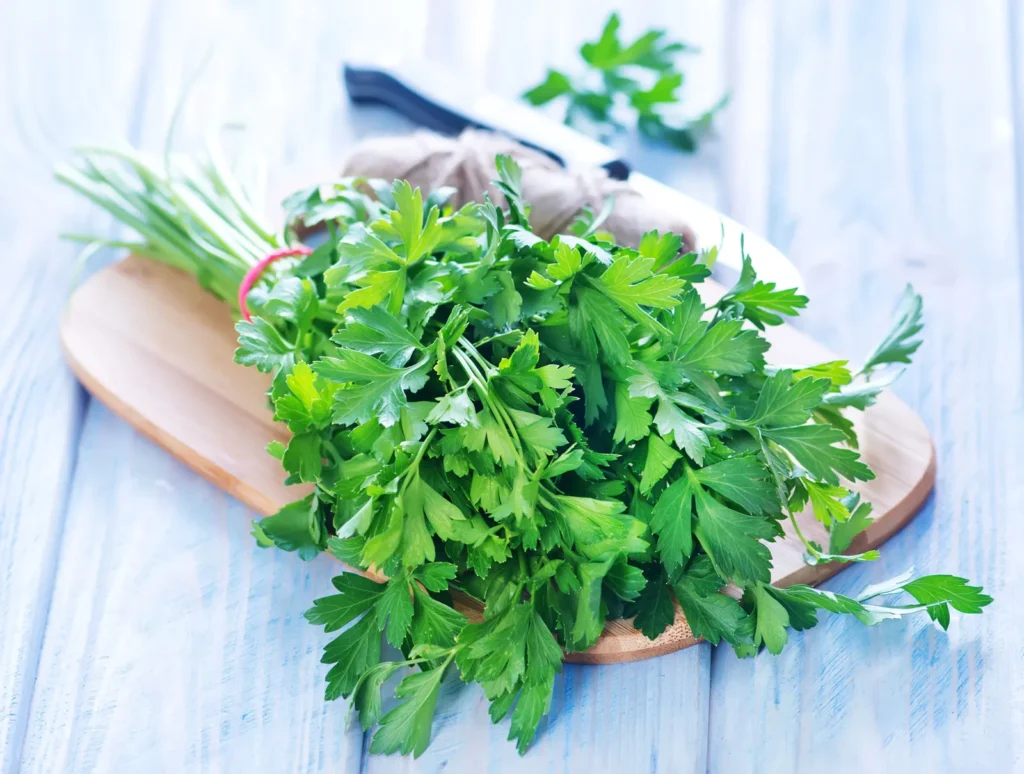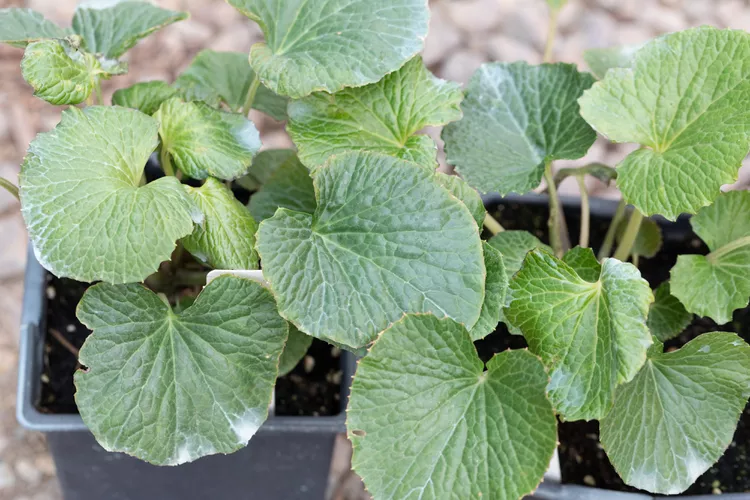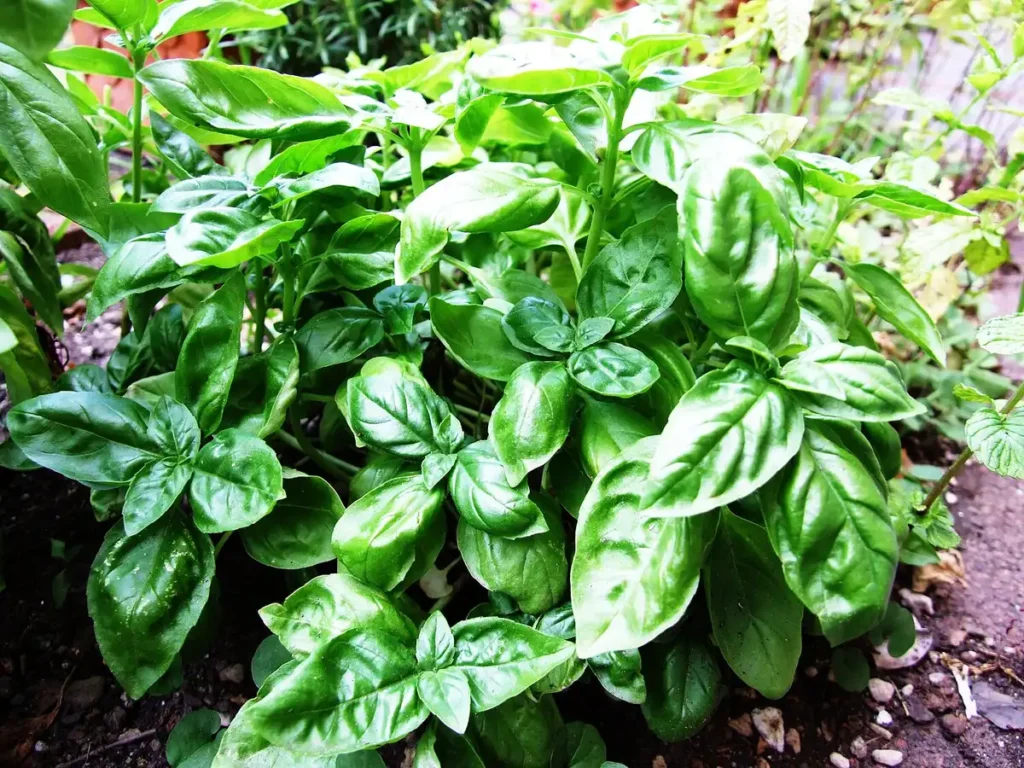
Description
Long, fleshy climbing stems of vanilla plants are attached to trees by aerial rootlets, and the roots of the plant also pierce the ground. The flowering season, which lasts for around two months, sees a large number of flowers open one at a time and last for one day. Only a few small bee species can naturally pollinate the blossoms due to their delicate construction; in locations beyond these bees’ range, artificial pollination of the flowers is carried out as soon as they open using a wooden needle. The hues of the blossoms range from creamy white to pale green to yellow. The fruit is a long capsule that takes four to six weeks to reach its full length of roughly 20 cm (8 inches), but it can take up to nine months to mature.
Habitat
The neotropical region, spanning from southern Mexico through Central America, Colombia, and the northern parts of Brazil, is native to vanilla.
Uses
The fruit, or bean, is used to create medication in addition to being used as flavoring. Lab-produced vanillin is typically used in place of vanilla because vanilla extract can be costly. Vanilla extracts are occasionally diluted with less costly extracts, including tonga bean extracts.

Varieties
The scientific family Orchidaceae, which has a wide range of orchids, includes the vanilla bean orchid. Nonetheless, a few varieties of orchids are the most well-known and frequently cultivated as houseplants:
- Phalaenopsis
- Paphiopedilum
- Cattleya
- Ludisia
- Miltonia.
Plant Care
- Light
Although these plants may tolerate short early sun exposure with indirect light, vanilla grows best in shade. Steer clear of windows facing south and west as this species finds the intense afternoon sun to be too harsh in these areas.
- Soil
Plant your vanilla orchid in a mixture of potting mix and orchid bark in equal parts. In comparison to other orchid growth material, this is a tad heavier and more dense. This mix of good drainage and fertilizers will be necessary to feed your cutting or small starter plant as it grows. The vine will not rely on the roots in the potting mix after its epiphytic roots have grown.
- Water
Because the vanilla plant is generating “air roots” that take moisture from the air, watering a vanilla requires maintaining moisture in both the growing media and the wooden trellis framework. To avoid root illnesses, let the potting mix dry out a little between waterings, but keep the surrounding humidity high.
- Temperature and Humidity
The ideal temperature ranges for vanilla are 80 to 95 degrees Fahrenheit during the day and 60 to 70 degrees at night. Because these plants cannot withstand frost, people who don’t reside in tropical climates will need to grow them in a greenhouse in order to get the desired results.
Try your best to maintain an 80% humidity level and mist your plant frequently. In addition, enough ventilation is necessary to avoid fungal decay.
- Fertilizer
Use orchid fertilizer to fertilize your vanilla every two weeks in the spring and summer. Refer to the product label for instructions on how much to use. The recommendation is for light but regular fertilization.
Table





